How to Plant Sunflowers: A Step-by-Step Guide
When it comes to planting sunflowers, timing is everything. These flowers need warm soil to germinate and grow, so it’s best to plant them until after the last frost. Depending on where you live, this could be anywhere from late April to early June. Once the soil has warmed up to at least 55°F, it’s time to start planting.
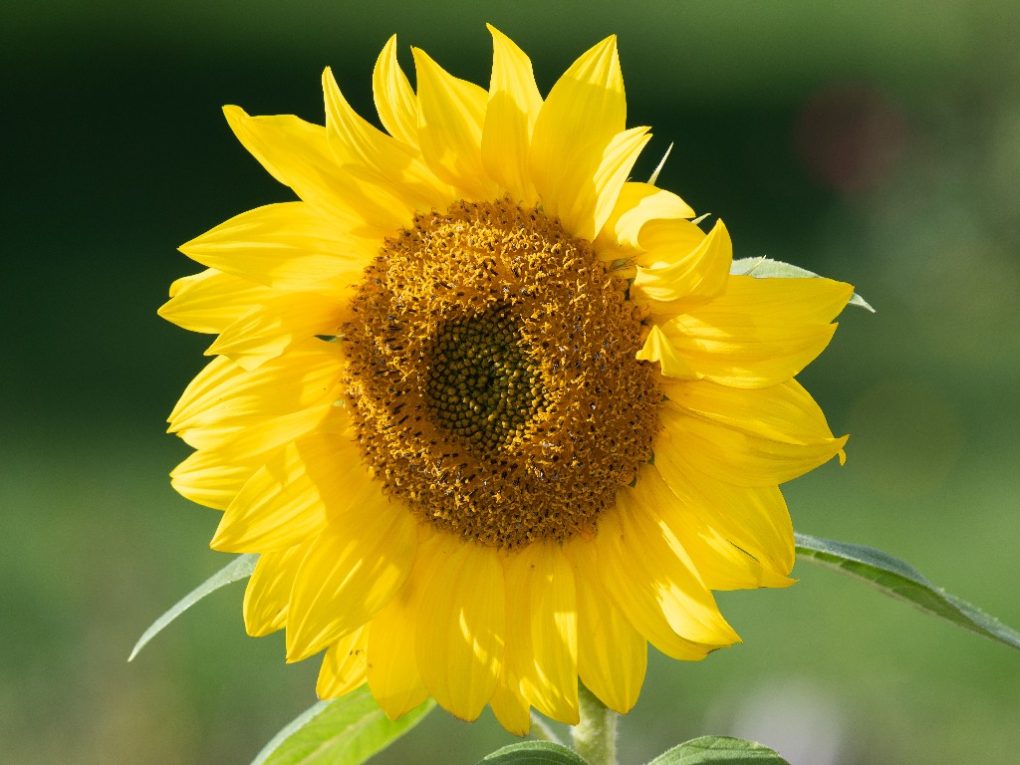
Sunflowers are a popular choice for gardeners who want to add a spectrum of color to their yards. These bright and cheerful flowers are easy to grow and care for, making them an ideal choice for beginners. Whether you are looking to plant sunflowers for their beauty or to harvest their seeds for a tasty snack, there are a few things you need to know to get started.
Table of Contents
Reminders When Choosing the Right Sunflower Seeds
Determine the Type of Sunflower Seeds to Plant
The type of sunflower seeds to plant can depend on the intended use of the sunflowers. Some common types of sunflower seeds include giant sunflowers. These sunflowers can grow up to 16 feet tall and produce large flower heads up to 1 foot in diameter.
Dwarf sunflowers can also be considered. These sunflowers typically grow to be 3 feet tall, according to HGTV. Decorative sunflowers are also grown for their unique and colorful blooms, which can be used in floral arrangements or as cut flowers.
You can also plant edible sunflowers, which produce seeds that can be roasted and eaten as a snack or used in cooking. Our family has been using this as a snack every movie night, and this has become our favorite!
Consider the Sunflower Seed’s Characteristics
When choosing sunflower seeds, consider the following characteristics:
- Maturity: Some sunflower seeds mature faster than others. Choose seeds that mature quickly if you are in a region with a short growing season.
- Height: Sunflowers come in a range of heights, from dwarf varieties that grow just a few feet tall to giant varieties that can reach up to 15 feet tall. Choose a height that works for your garden and your needs.
- Color: Sunflowers come in various colors, from traditional yellow to red, orange, and even bi-color varieties. Choose a color that complements your garden or your home.
- Resistance: Some sunflower seeds are resistant to certain pests and diseases, which can reduce the need for pesticides and other chemicals in your garden.
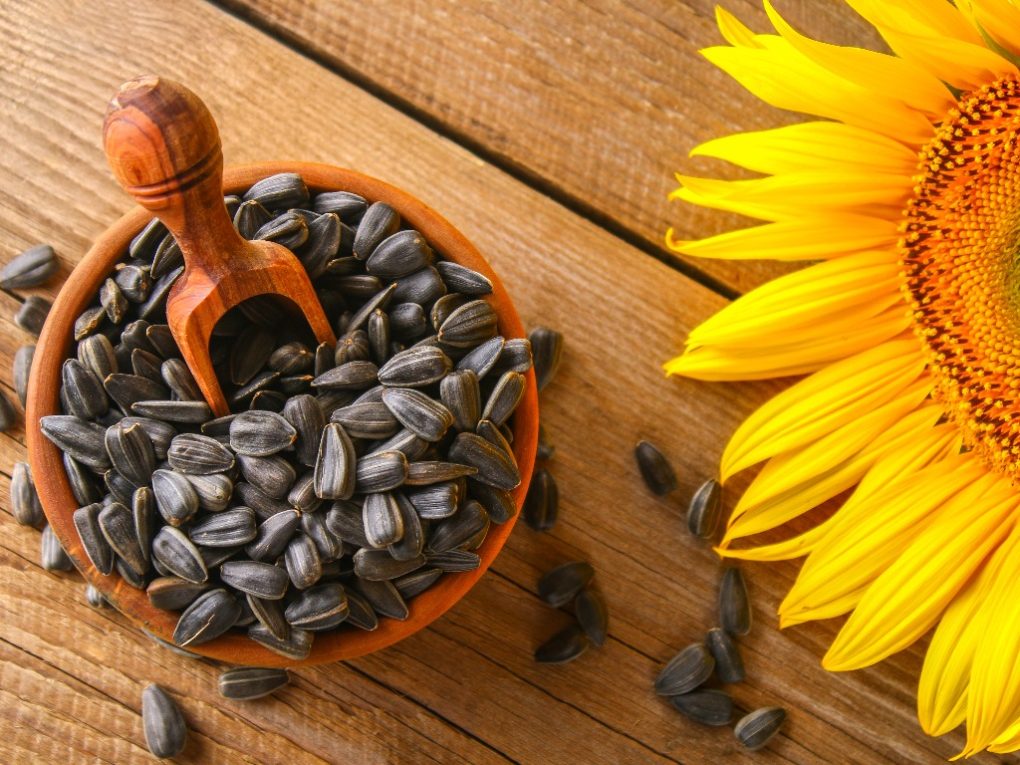
You can then select the right sunflower seeds for your garden and your needs after knowing these factors.
Preparing the Planting Site
Choose the Best Location for Your Sunflowers
Before planting sunflowers, it’s important to choose the best location for them. Sunflowers need full sun, which means at least six hours of direct sunlight daily. Pick a spot in your backyard that receives full sun throughout the day. If you’re planting many sunflowers, consider planting them in rows facing east to west so that each plant can receive maximum sunlight.
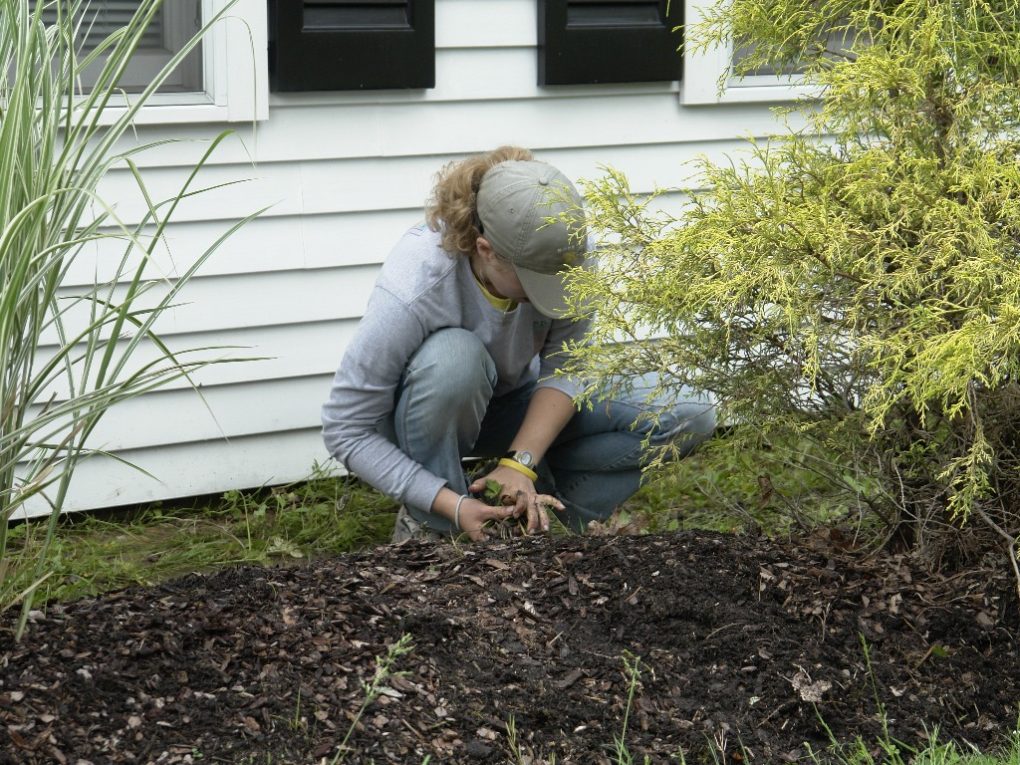
It’s also important to choose a location that has well-draining soil. Sunflowers prefer to avoid being in standing water, so avoid planting them in low-lying areas or places where water tends to pool.
Prepare the Soil for Planting
Once you’ve chosen the perfect location for your sunflowers, it’s time to prepare the soil for planting. Start by pruning any weeds or debris from the area. Then, use a garden fork to loosen the soil to a depth of at least 12 inches. This will help the sunflower roots to grow deep and strong.
Next, add organic matter to the soil to improve its fertility and texture. Compost, well-rotted manure, or leaf mold are all great options. Spread a 2- the to 3-inch layer of organic matter over the soil and mix it in thoroughly.
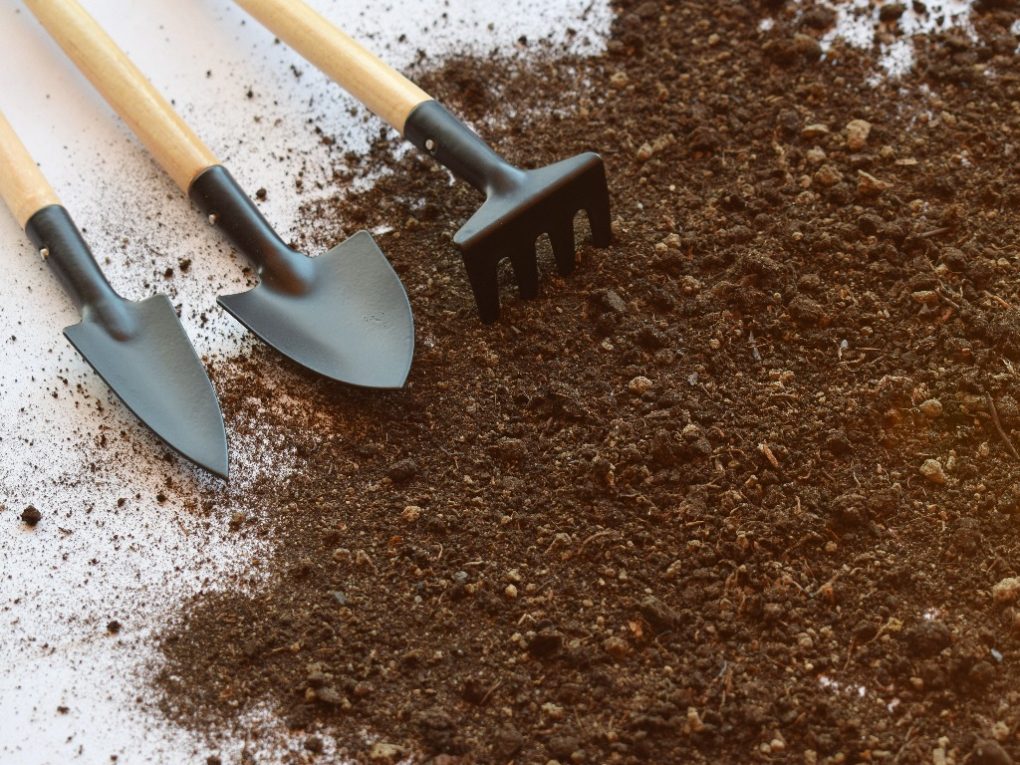
Finally, add a balanced fertilizer to the soil to give the sunflowers the nutrients they need to grow strong and healthy. Use a fertilizer with nitrogen, phosphorus, and potassium, and follow the package instructions for application rates.
Planting Sunflower Seeds
Sow the Sunflower Seeds
Choosing a sunny spot with well-draining soil is important when sowing sunflower seeds. Plant the seeds no more than an inch deep and about six inches apart.
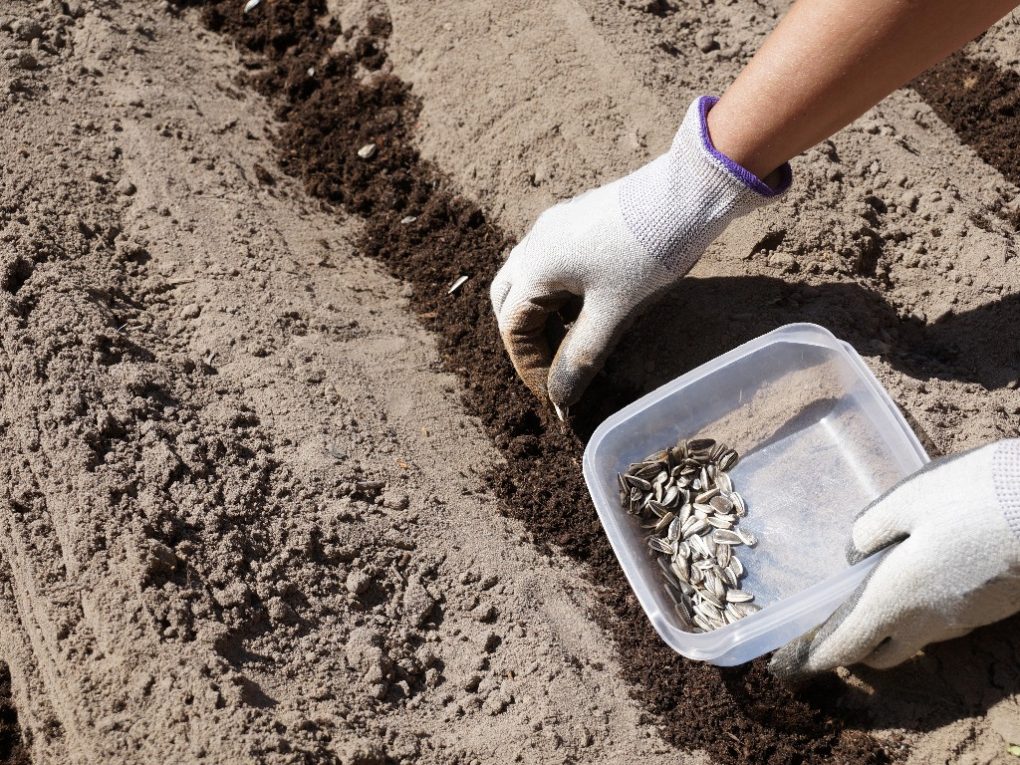
Thin the seedlings once they hit six inches tall. For longer blooms, stagger your planting, sowing a new row of seeds every two to three weeks, beginning in the spring.
Watering Sunflower Seedlings
After sowing the seeds:
- Water the soil well.
- Keep the soil wet but not waterlogged, as too much water can cause seed rot.
- Once the seedlings have emerged, water them once a week, giving them about an inch of water each time.
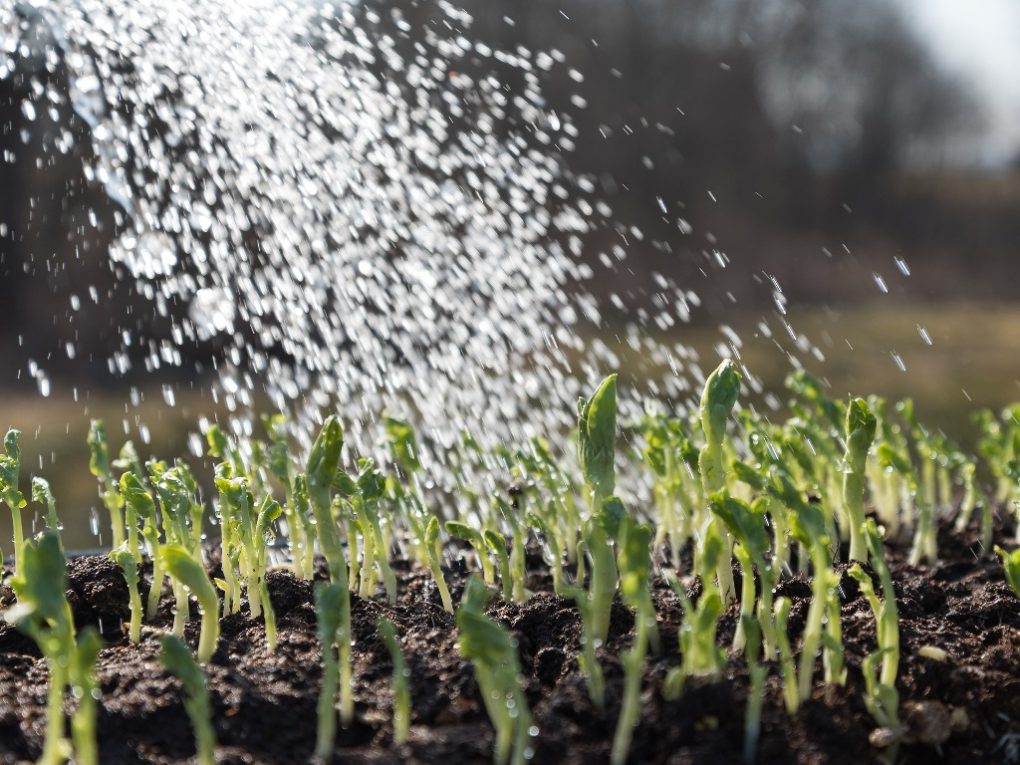
Be careful not to overwater, as this can cause the plants to become waterlogged and develop root rot.
Fertilizing Sunflower Seedlings
When the seedlings are about four inches tall, you can begin fertilizing them. Use a balanced fertilizer, such as a 10-10-10 or 20-20-20, and apply it according to the package direction.
Be careful not to over-fertilize, as this can burn the plants and cause them to die. Follow the instructions on the fertilizer package, and always err on the side of caution when applying fertilizer to your sunflowers.
Caring for Sunflowers
Supporting Sunflowers
Sunflowers may need support to prevent them from toppling over as they grow taller. You can use stakes or cages to support the plants. Be sure to tie the stems loosely to the support so they have room to grow.
Protecting Sunflowers from Pests and Diseases
Sunflowers can be susceptible to various pests and diseases, including aphids, slugs, and fungal infections. To prevent these problems, keep the area around the plants clean and debris-free. You can also use insecticidal soap or other organic pest control methods to keep pests at bay. If you notice any signs of disease, such as yellowing leaves or spots on the leaves, remove and dispose the affected leaves to prevent the disease from spreading.
Harvesting Sunflowers
Harvesting sunflowers depends on the purpose for which they are grown. If sunflowers are being grown for seeds, they should be harvested when the back of the flower head turns yellow, and the leaves begin to turn brown. The seeds fully develop at this stage, and the flower head will droop downward. Cut the flower head off with scissors or pruning shears, leaving about 12 inches of stem attached.
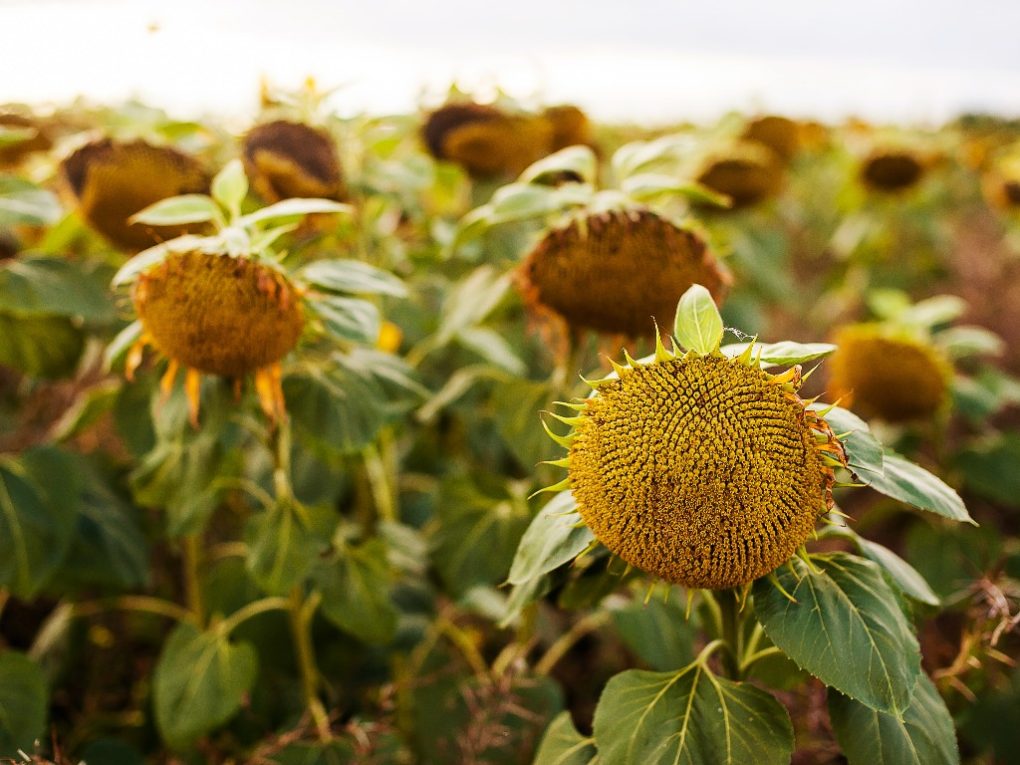
If sunflowers are grown for cut flowers, they should be harvested when the petals are fully open, and the flowers are at their peak. Cut the stem off just below the flower head and immediately place the cut stem in a bucket of water to keep the flowers fresh.
